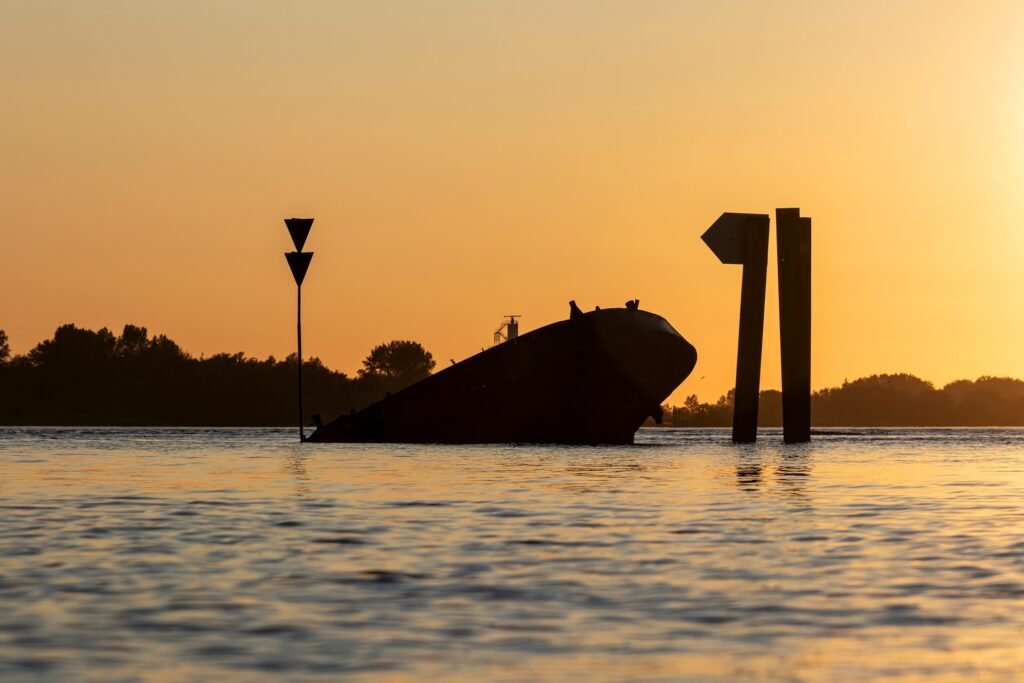Craggy granite peaks, vast glaciers, turquoise lakes, and windswept plains—Torres del Paine National Park in Chilean Patagonia is a breathtaking and remote destination that feels like the edge of the world. This is a place for true adventurers—those willing to trade comfort for raw, untamed nature and unforgettable exploration.
If you’ve ever dreamed of hiking under jagged peaks, watching glaciers calve into icy lakes, or spotting guanacos and pumas in the wild, Torres del Paine is where those dreams come alive.
🏞️ What Makes It a Top Adventure Spot?
Torres del Paine is not your average park—it’s epic in scale and wild in spirit. Located in southern Chile, it offers some of the most dramatic landscapes in the Southern Hemisphere. It’s part of the greater Patagonian wilderness and a playground for hikers, trekkers, and nature lovers.
Its remote location, limited infrastructure, and intense weather make it both a challenge and a reward. Here, the wind howls, the skies change in minutes, and every turn reveals another jaw-dropping view.
🥾 Must-Do Adventures in Torres del Paine
1. The W Trek
The most iconic multi-day hike in the park, the W Trek covers around 80 kilometers of stunning terrain. Over 4–5 days, you’ll pass glaciers, rivers, and lakes, and get up-close views of the park’s signature landmarks like:
- The Towers (Las Torres) – sheer granite peaks piercing the sky.
- French Valley – a surreal amphitheater of hanging glaciers and cliffs.
- Grey Glacier – a sprawling mass of ice that feeds into Lago Grey.
This hike is both accessible and rewarding—ideal for those seeking an immersive adventure.
2. The O Circuit
If you want to take it up a notch, the O Circuit loops around the entire park in 7–9 days. It includes everything the W Trek offers and adds remote areas with fewer crowds, challenging terrain, and even more solitude.
3. Kayaking Lago Grey
Paddle near floating icebergs at the base of Grey Glacier—an unforgettable perspective on the power of Patagonia’s icy wonders.
4. Wildlife Watching
Spot guanacos (wild llamas), condors, foxes, and with some luck, even the elusive puma. Torres del Paine is one of the few places on Earth where you can safely spot this big cat in the wild.
🛖 Staying in the Wild
There are accommodations for all levels of adventure:
- Refugios (Mountain Lodges): Simple dorm-style shelters with meals and showers, ideal for trekkers.
- Camping: For the rugged and self-sufficient, campsites are located along all trekking routes.
- Luxury Eco-Lodges: Such as Explora Patagonia or EcoCamp, for travelers who want comfort without sacrificing proximity to nature.

🧭 Tips for Visiting Torres del Paine
- Best Time to Visit: November to March (Southern Hemisphere summer). Weather is most stable, though still unpredictable.
- Pack Smart: Bring waterproof, windproof layers, hiking boots, and a good backpack.
- Reservations: Campsites and refugios must be booked in advance, especially in high season.
- Fitness: Be prepared—trails are long and terrain is uneven. Good physical condition is a must.
🍽️ Patagonia on Your Plate
After a long day of trekking, hearty Patagonian food hits the spot:
- Cordero al Palo (Spit-roasted Lamb): A local delicacy served at traditional estancias (ranches).
- King Crab and fresh trout: Popular seafood options near Puerto Natales.
- Mate tea: Sip this bitter, energizing herbal drink like the locals.
🌄 The Call of Patagonia
Torres del Paine is not for the casual vacationer. It’s for those willing to hike for hours, sleep under the stars, and brave the elements in search of something extraordinary.
But the reward? A deep connection to nature, the awe of seeing some of Earth’s most dramatic scenery with your own eyes, and the feeling of true adventure pulsing through your veins.

































